
As the leaves fall and the nights grow longer, the world of B2B marketing is taking on a spine-tingling transformation. Halloween is just around the corner, and what better time to explore the eerie and enigmatic trends that are haunting our fellow B2B marketers? While you may not encounter ghosts or goblins in your marketing strategy, you’ll certainly face some hair-raising challenges and trends that could send shivers down your spine.
But remember, while these trends may seem daunting, they also present opportunities for those bold enough to face them. Prepare to be both spooked and enlightened, as we delve into the world of B2B marketing’s most chilling specters. 🎃👻
The Ghostly Rise of AI in B2B Marketing
In the world of B2B marketing, a ghostly presence has been steadily gaining power and influence—the rise of Artificial Intelligence, or AI. Much like a spectral force, AI is becoming increasingly prevalent in marketing strategies, influencing how businesses connect with their audiences.
AI’s infiltration into B2B marketing is nothing short of remarkable. It’s not just a tool; it’s a game-changer. The emergence of AI has brought about a fundamental shift in how businesses approach marketing. It’s no longer limited to manual processes and human analysis; instead, AI is being harnessed for its ability to process vast amounts of data at lightning speed, make predictions, and even replicate human-like interactions.
Predictive Analytics: Seeing into the Future
AI’s predictive analytics capabilities are akin to having a crystal ball for marketers. By analyzing historical data and identifying patterns, AI can forecast future trends and behaviors. This supernatural ability helps you make informed decisions, optimize marketing campaigns, and allocate resources more effectively. It’s like having a marketing oracle whispering secrets to you in the dark.
If you want to discover how predictive analytics can help your marketing endeavors, try Pathmonk Intelligence, our cookieless web analysis solution.
Understand your customer journey analytics
See how your users behave, find drop-offs, and receive actionable insights with AI.
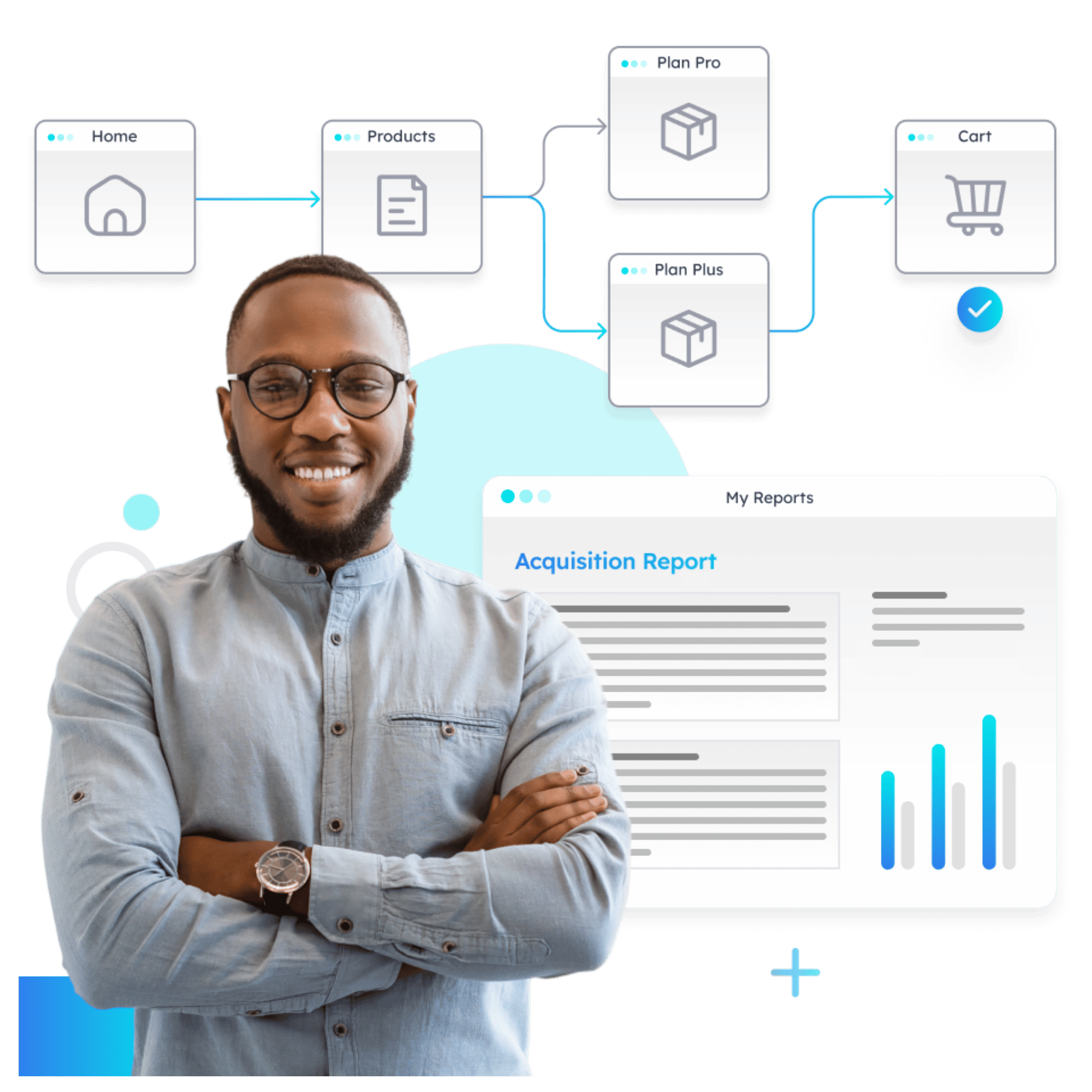
AI-Powered Personalization: Tailoring Experiences That Haunt High Conversions
By analyzing past interactions and patterns, AI can predict what a visitor might be seeking during their website journey. An intuitive host who anticipates your needs before you even express them.
With Pathmonk Accelerate and its AI-powered personalization powers, your website can serve as a virtual oracle, offering visitors interactions and recommendations tailored to their interests and needs. This dynamic content delivery keeps users engaged and guides them seamlessly through the sales funnel.
The result? Higher conversion rates, around 50% on average. Whether it’s encouraging sign-ups, downloads, or purchases, AI’s personalized touch has a haunting effect on boosting conversions.
Increase +180%
leads
demos
sales
bookings
from your website with AI
Get more conversions from your existing website traffic delivering personalized experiences.
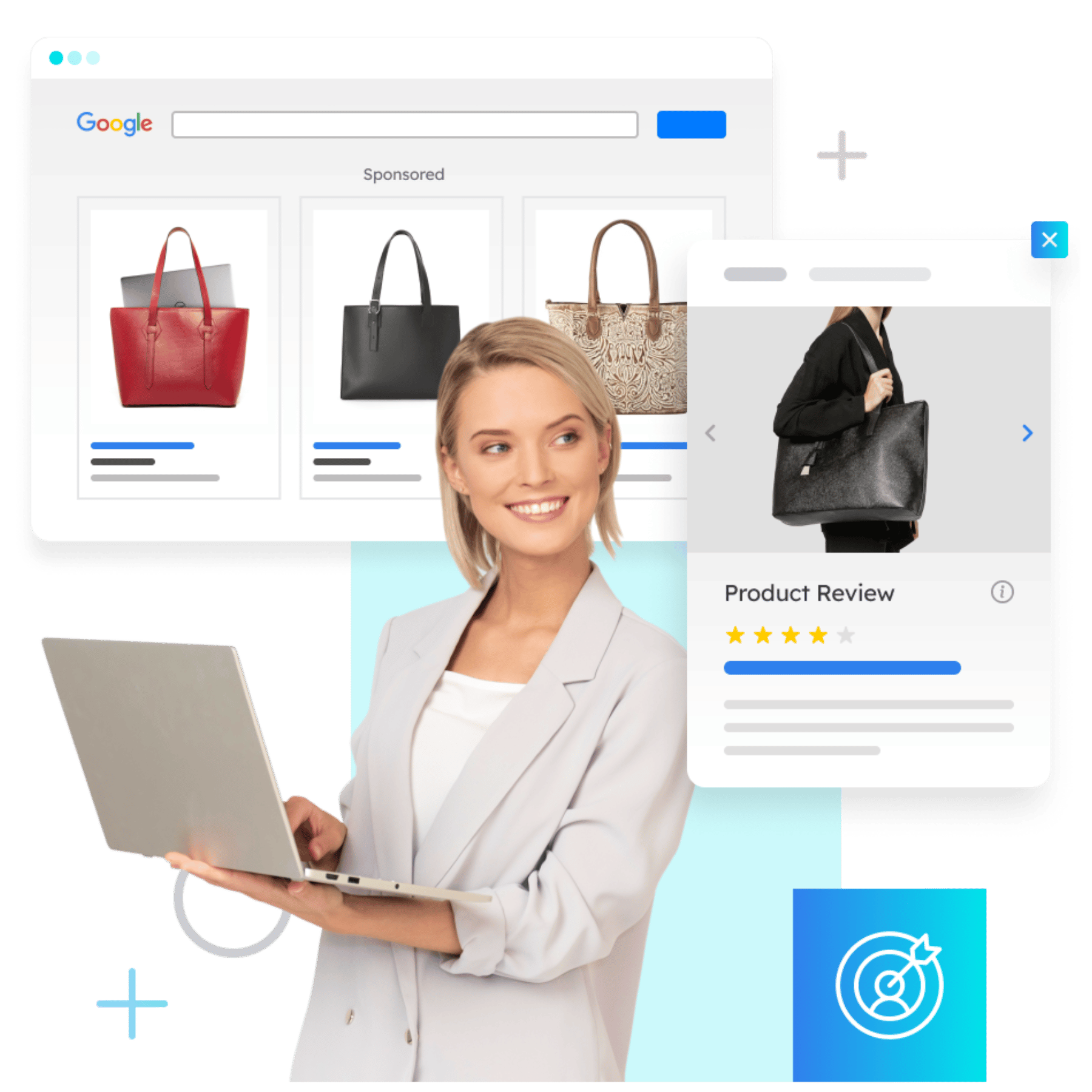
Automated Content Creation: Ghostwriting with a Twist
AI has also dipped its spectral fingers into content creation. Automated content generation tools, powered by AI, can craft articles, reports, and even marketing copy. While this may sound like a ghostwriter’s dream come true, it’s not without its challenges, such as maintaining a human touch and ensuring content quality. Nonetheless, AI-assisted content creation is reshaping how marketers produce and distribute content.
Zombie Content
Zombie content refers to any piece of content on your website that has lost its relevance, yet lingers on, seemingly lifeless. These are blog posts, articles, whitepapers, or any other form of content that no longer serves a purpose in your current marketing strategy. They are relics from the past, trapped in the digital netherworld, and can include:
- Outdated Statistics: Content that relies on statistics or data that have since changed or become obsolete.
- Expired Offers: Promotions, discounts, or offers that have long expired but are still visible.
- Old Trends: Articles discussing trends that are no longer relevant to your industry or audience.
- Obsolete Information: Anything that no longer accurately represents your brand, products, or services.
The Negative Impact of Keeping Zombie Content on Your Website
Allowing zombie content to roam freely on your website can have dire consequences that may send a chill down your marketing team’s spine:
- Diminished Credibility: Outdated or inaccurate information erodes trust and credibility with your audience. Visitors may wonder if your brand is out of touch or if you don’t care enough to maintain your content.
- SEO Nightmares: Search engines favor fresh and relevant content. Zombie content can negatively impact your website’s SEO performance, causing it to rank lower in search results.
- User Confusion: Visitors stumbling upon irrelevant content may become confused or frustrated, leading to higher bounce rates and lower engagement.
- Missed Opportunities: Zombie content takes up valuable space that could be used for current, strategic content that drives conversions and leads.
Tips and Strategies for Identifying and Removing Zombie Content
Now that we’ve identified zombie content, it’s time to exorcise it from your website and prevent it from haunting your marketing efforts any further:
- Content Audit: Conduct a comprehensive content audit to identify outdated or irrelevant pieces. This includes reviewing blog posts, landing pages, downloadable resources, and any other content.
- Update or Remove: For content that can be updated to remain relevant, revise and refresh it with accurate information. For content beyond salvation, remove it from your website altogether.
- Redirects: If you’re removing a piece of content with inbound links, consider setting up redirects to guide users to relevant content, preventing them from encountering a dreaded 404 error.
- Regular Maintenance: Implement a content maintenance schedule to ensure your content remains fresh and up-to-date. Assign responsibilities within your team to regularly review and update existing content.
- Review Analytics: Analyze website analytics to identify underperforming pages with high bounce rates or low engagement. These may be prime candidates for content reevaluation.
- User Feedback: Listen to feedback from your audience. If users are pointing out inaccuracies or expressing confusion about certain content, take their comments seriously and act accordingly.
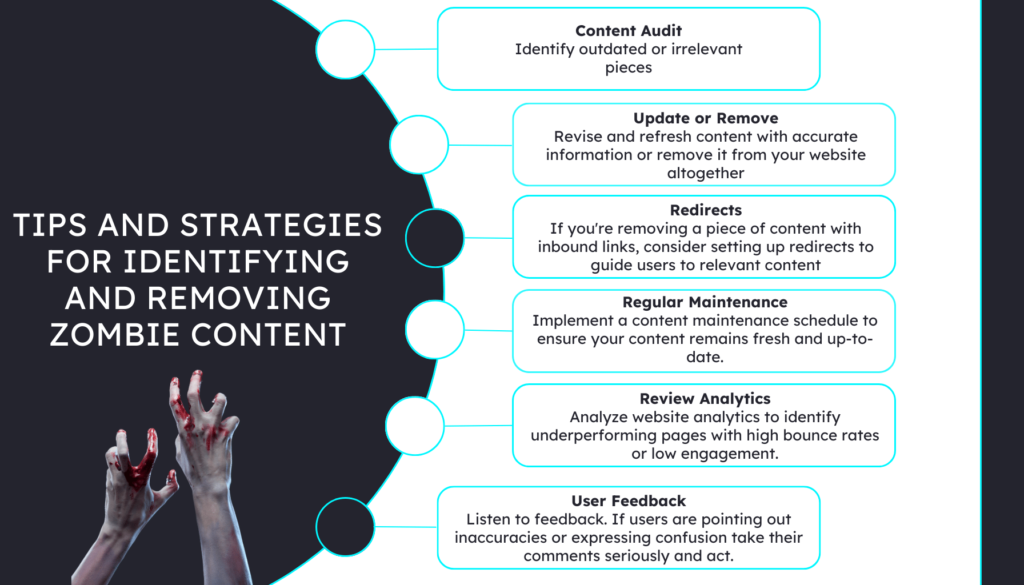
The Phantom of Personalization
Personalization is the art of delivering tailored content and experiences to individual customers or prospects. In B2B marketing, where relationships and trust are paramount, personalization can be a potent weapon in your arsenal. When done well, personalization will lead to enhanced engagement, improved conversions, brand loyalty, and data-driven insights for more effective marketing campaigns.
However, in the pursuit of personalization, it’s easy to cross into the territory of overdoing it, much like a phantom that’s become too familiar. There are certain pitfalls to avoid:
- Creepy Factor: Bombarding prospects with hyper-personalized content can feel invasive and even creepy. Nobody likes the feeling of being watched too closely.
- Data Privacy Concerns: With increasing concerns about data privacy, collecting and using personal information must be handled with care to avoid legal and ethical issues.
- Overwhelm: Too much personalization can overwhelm your audience, making it difficult for them to navigate your content and find what they need.
- Loss of Authenticity: Over-automation can strip your brand of its human touch, making it feel robotic and insincere.
Practical Advice on Achieving the Right Balance
Achieving the right balance between effective personalization and overdoing it requires finesse and a keen understanding of your audience:
- Segmentation: Start with effective audience segmentation. Group your prospects based on shared characteristics or behaviors to provide tailored content to specific groups.
- Data Transparency: Be transparent about the data you collect and how you use it. Customers appreciate honesty and control over their information.
- Consent Matters: Obtain explicit consent for data collection and personalization efforts. Allow your audience to opt-in or opt-out as they see fit.
- Testing and Optimization: Continuously test and optimize your personalization strategies. Monitor engagement and conversion rates to find the sweet spot.
- Human Touch: Don’t lose the human touch in your marketing efforts. Balance automation with personalized human interactions, such as personalized email responses from real team members.
- Relevance: Ensure that personalization efforts are always geared toward providing relevant, valuable content. Personalization for the sake of personalization is a pitfall to avoid.
The Mysterious Mobile-First Shift
The rise of mobile usage in the B2B arena is no mere illusion. Over the past few years, mobile has become the preferred device for accessing B2B content, with a substantial increase in mobile traffic. As much as we like to pretend that we’re trying to be on our phones less, we all continue to conduct research and make decisions on mobile devices during our commutes, meetings, and even late-night browsing sessions.
On top of that, Google’s mobile-first indexing, prioritizes mobile-optimized content, underscoring the importance of catering to mobile users.
Here are some practical tips to help you navigate the mobile-first shift successfully:
- Responsive Design: Ensure your website uses responsive design, which adapts to different screen sizes. This guarantees a consistent user experience across devices.
- Minimalist Design: Simplify your website’s design, reducing clutter and ensuring a clean, easy-to-navigate layout.
- Mobile-Friendly Content: Craft content that’s easily digestible on mobile screens. Use shorter paragraphs, bullet points, and concise headings.
- Page Speed: Optimize page load times, as mobile users are less patient. Compress images and minify code to speed up your site.
- Mobile SEO: Implement mobile SEO best practices, such as optimizing meta tags and ensuring mobile-friendly URLs.
- User Testing: Regularly conduct mobile usability tests to identify and address any issues users may encounter on mobile devices.
The Curse of Data Privacy
Data privacy regulations, such as GDPR (General Data Protection Regulation) and CCPA (California Consumer Privacy Act), have transformed the landscape of B2B marketing. These regulations impose strict rules on how businesses collect, process, and store personal data, necessitating significant changes in data handling practices.
These days, obtaining explicit consent for data processing has become mandatory, requiring you to be transparent about data usage. Individuals now have the right to access their data and move it from one service provider to another, increasing the complexity of data management.
If that wasn’t enough, failing to respect data privacy regulations carries severe repercussions that can haunt businesses:
- Legal Consequences: Violating data privacy laws can lead to legal actions, including hefty fines and sanctions.
- Reputation Damage: Mishandling data can tarnish your brand’s reputation, eroding trust among customers and prospects.
- Loss of Customers: Customers are increasingly selective about who they trust with their data. Non-compliance can drive them away, choosing competitors who prioritize privacy.
- Operational Disruption: Addressing data privacy breaches can disrupt operations, diverting resources from core business activities.
2.5x better ad results with cookieless retargeting
Create high-converting retargeting ads based on your users' real-time intent.
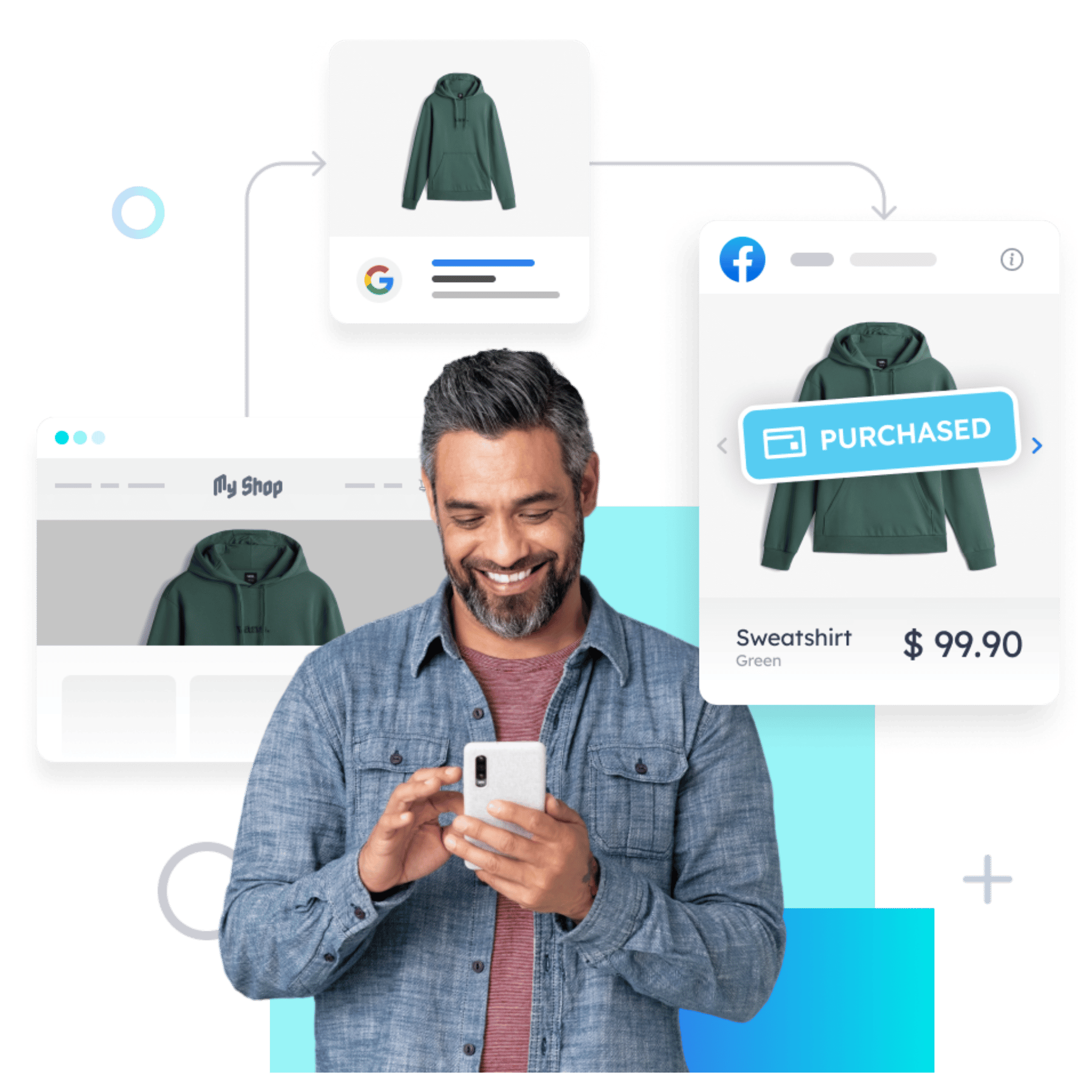
To navigate the curse of data privacy effectively, follow these essential guidelines:
- Go Cookieless: Futureproof your marketing strategy with cookieless solutions such as Pathmonk Accelerate, Pathmonk Intelligence, and Pathmonk Retargeting. They will allow you to enhance your marketing efforts with AI, speed up your website revenue, access easy-to-understand web analytics, and retarget users based on intent, all without cookies.
- Educate Your Team: Ensure that your marketing team is well-versed in data privacy regulations. Provide training to keep them informed about compliance requirements.
- Audit Data Handling Practices: Regularly audit your data collection, processing, and storage practices to ensure they align with regulatory standards.
- Implement Consent Mechanisms: Develop clear and transparent consent mechanisms for data collection. Clearly state the purposes for which data will be used and obtain explicit consent.
- Data Encryption: Employ robust encryption and security measures to safeguard collected data from breaches.
- Data Retention Policies: Establish data retention policies that define how long data will be stored and when it will be deleted in accordance with regulations.
- Data Privacy Officer: Appoint a Data Privacy Officer (DPO) responsible for ensuring compliance and acting as a point of contact for data-related inquiries.
- Third-Party Vendors: If you use third-party vendors for data processing, ensure they comply with relevant regulations.
The Sinister SEO Changes
Search engine algorithms, the arcane codes that determine website rankings, are in a constant state of flux:
- Algorithm Updates: Search engines like Google routinely release updates, each with its own set of ranking factors and criteria.
- User Intent Focus: Algorithms increasingly prioritize user intent, aiming to provide more relevant and satisfying search results.
- Mobile-First Indexing: Google’s shift toward mobile-first indexing has redefined how websites are ranked, giving preference to mobile-friendly sites.
- Content Quality: Algorithms are becoming savvier at assessing content quality, favoring informative, authoritative, and well-structured content.
To turn the sinister changes in search engine algorithms to your advantage, consider these actionable strategies:
- Content Quality Reigns: Focus on creating high-quality, valuable content that addresses user intent. Long-form content, in-depth guides, and well-researched articles can boost your authority.
- Keyword Research: Regularly update your keyword research to align with evolving search queries. Target long-tail keywords and phrases that reflect user intent.
- Mobile Optimization: Ensure your website is mobile-responsive, with a fast loading speed and a user-friendly interface for mobile users.
- Voice Search Optimization: Optimize for voice search by creating content that answers common voice queries concisely and conversationally.
- User Experience (UX): Improve your website’s UX with intuitive navigation, fast loading times, and easy-to-read content. This aligns with search engine algorithms’ user-centric approach.
- Link Building: Build high-quality backlinks from reputable sources in your industry. Quality over quantity is the key.
- Local SEO: If relevant to your B2B strategy, optimize for local search to capture local leads and establish regional authority.
- Analytics and Monitoring: Regularly monitor your website’s performance using analytics tools. Adjust your strategy based on data insights.
The Haunting of Social Media
Social media trends are like phantoms—here today, gone tomorrow. New platforms appear suddenly, capturing the attention of younger audiences and early adopters. As the tides of user preferences shift, content formats transform like shape-shifters in the night. What was popular yesterday may fade into obscurity, replaced by videos, stories, and live streams that resonate more strongly with today’s audience. As B2B marketers, you must be nimble and adapt your strategies to these evolving content formats to maintain your relevance.
Behind the scenes, social media algorithms are like unseen puppeteers, continually tweaking their criteria. These algorithm updates have a direct impact on the reach and visibility of your content. Staying informed about these changes and adjusting your approach accordingly is the key to navigating this ever-shifting landscape.
Yet, the challenge for B2B marketers lies not only in embracing emerging platforms and adapting to evolving content formats but also in the ongoing battle to stay relevant and engaging on established social platforms. Visibility is the key, and being active and engaging ensures that your brand remains in the spotlight for your target audience.
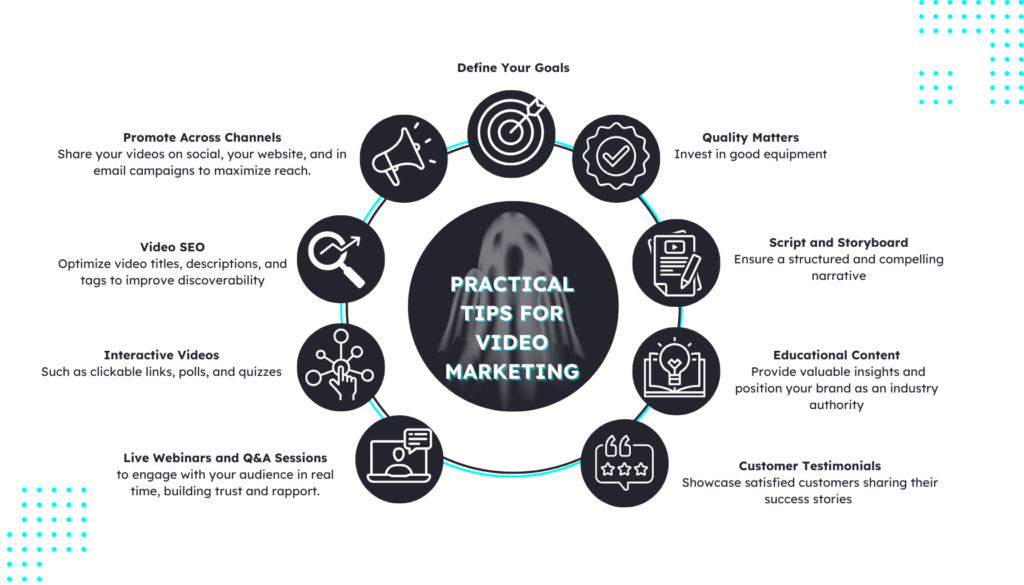
The Poltergeist of Video Marketing
Video content has emerged as a formidable force in the B2B marketing landscape. Videos captivate audiences, keeping them engaged for longer periods compared to text or static images. There will be a video for this exact article if you’re looking for something more digestible.
As videos are an effective medium for conveying complex information, they’re ideal for explaining products or services. Search engines also favor video content, often ranking it higher in search results, leading to increased visibility.
To embark on your video marketing journey, consider these practical tips and creative ideas:
- Define Your Goals: Determine the purpose of your video content. Is it to inform, entertain, or promote? Understanding your objectives is crucial.
- Quality Matters: Invest in good equipment for video recording, audio, and lighting. Quality videos make a better impression.
- Script and Storyboard: Plan your videos meticulously. Write scripts and create storyboards to ensure a structured and compelling narrative.
- Educational Content: Create how-to videos, tutorials, or webinars that provide valuable insights and position your brand as an industry authority.
- Customer Testimonials: Showcase satisfied customers sharing their success stories and experiences with your products or services.
- Live Webinars and Q&A Sessions: Host live webinars and Q&A sessions to engage with your audience in real time, building trust and rapport.
- Interactive Videos: Experiment with interactive elements within your videos, such as clickable links, polls, and quizzes.
- Video SEO: Optimize video titles, descriptions, and tags to improve discoverability on platforms like YouTube.
- Promote Across Channels: Share your videos on various social media platforms, your website, and in email campaigns to maximize reach.
By embracing the poltergeist of video marketing and crafting compelling, informative, and engaging video content, you can tap into its supernatural powers to captivate audiences, increase brand awareness, and drive conversions.
The Possession of Account-Based Marketing
Account-based marketing (ABM) is a precise and highly targeted B2B marketing strategy that focuses on engaging a specific set of high-value accounts or prospects. ABM treats each target account as a unique market of its own, tailoring marketing efforts to resonate with the specific needs and pain points of those accounts.
ABM’s prominence is on the rise for several reasons:
- Personalization: ABM enables hyper-personalized marketing, increasing the likelihood of resonating with key decision-makers within target accounts.
- Account-Centric Approach: It aligns marketing and sales teams to pursue the same set of target accounts, fostering collaboration and streamlining efforts.
- ROI Potential: ABM often yields higher ROI as resources are concentrated on accounts with the greatest revenue potential.
- Customer Retention: ABM is not limited to acquiring new clients but also nurturing and retaining existing ones, enhancing customer lifetime value.
However, implementing ABM strategies can be challenging. It demands a significant allocation of time, effort, and resources due to its personalized nature, but it also relies heavily on accurate and up-to-date data, making data quality a critical concern.
Achieving alignment between marketing and sales teams can be a complex process, requiring clear communication and shared objectives. Additionally, scaling ABM to include a larger number of target accounts while maintaining personalization can be a formidable task.
To excel in ABM, B2B marketers can follow these insights:
- Account Selection: Choose target accounts strategically, considering factors like revenue potential, fit with your solutions, and alignment with your ideal customer profile.
- Personalization: Tailor your messaging and content to each target account’s specific pain points, challenges, and objectives.
- Alignment: Ensure marketing and sales teams are in sync, collaborating closely, and working towards shared goals.
- Data Quality: Invest in data quality and enrichment processes to maintain accurate and up-to-date information about your target accounts.
- Multi-Channel Engagement: Use multiple channels such as email, social media, content marketing, and personalized outreach to engage target accounts effectively.
- Continuous Measurement: Regularly measure and analyze the effectiveness of your ABM efforts, making data-driven adjustments as needed.
Conclusion
As we conclude our journey through the eerie and enigmatic landscape of B2B marketing, we have encountered formidable forces, each with its own unique traits and challenges. Just like brave ghost hunters, B2B marketers must navigate these challenges, armed with knowledge, strategy, and innovation.
From the ghostly rise of AI to the haunting of social media trends, and the possession of Account-Based Marketing to the curse of data privacy, we have explored the ever-shifting dimensions of B2B marketing. These forces may appear daunting, but with the right approach, they can be harnessed as powerful allies rather than formidable foes.





